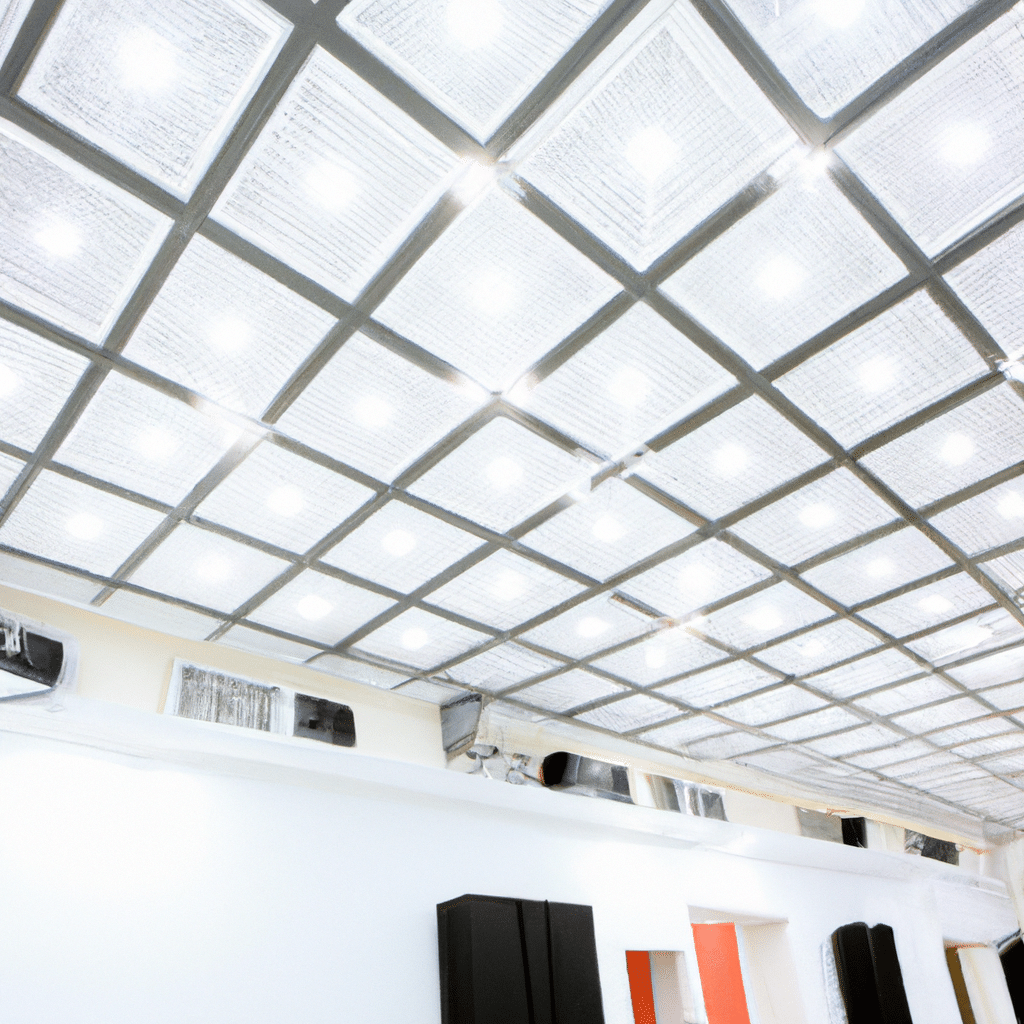
Welcome to our comprehensive guide on the surprising return on investment (ROI) of upgrading to commercial LED lighting. In this article, we will explore the numerous benefits of transitioning to LED lighting for businesses, including substantial cost savings and reduced maintenance expenses. By the end, you will have a clear understanding of why upgrading to commercial LED lighting is a smart decision that can help your business thrive.
Understanding the Basics of LED Lighting
Before diving into the financial advantages, let’s first familiarize ourselves with the basics of LED lighting. LED stands for Light Emitting Diode, which is a semiconductor device that emits light when an electric current passes through it. Unlike traditional incandescent or fluorescent bulbs, LEDs are highly energy-efficient and have a significantly longer lifespan.
LEDs consume up to 80% less energy than traditional lighting options, making them a sustainable choice for businesses looking to reduce their carbon footprint. Additionally, LED lights can last up to 25 times longer than incandescent bulbs, resulting in fewer replacements and reduced maintenance costs.
The Financial Benefits of Upgrading to LED Lighting
Cost Savings on Energy Bills
One of the most compelling reasons to upgrade to commercial LED lighting is the potential for substantial cost savings on energy bills. As mentioned earlier, LEDs are significantly more energy-efficient than traditional lighting options. By switching to LED lights, businesses can reduce their energy consumption, leading to lower electricity bills.
The energy efficiency of LEDs is attributed to their ability to convert a higher percentage of electrical energy into light, rather than heat. This means that less energy is wasted, resulting in more efficient and cost-effective lighting solutions for commercial spaces.
Longevity and Reduced Maintenance Costs
Another significant advantage of upgrading to LED lighting is the extended lifespan of LED bulbs. As mentioned earlier, LEDs can last up to 25 times longer than incandescent bulbs. This longevity not only reduces the frequency of bulb replacements but also minimizes maintenance costs associated with lighting systems.
In traditional lighting setups, frequent replacements of incandescent or fluorescent bulbs can be time-consuming and costly. With LED lighting, businesses can significantly reduce the need for maintenance, allowing for better allocation of resources and personnel.
Improved Durability and Reduced Breakage Costs
LED lights are also known for their durability, making them an excellent choice for commercial environments. Unlike traditional bulbs, LEDs are constructed with durable materials that can withstand vibrations, shocks, and extreme temperatures. This durability reduces the risk of breakage and the associated costs of replacing damaged bulbs.
Furthermore, LED lights do not contain fragile components such as filaments or glass tubes, making them less prone to damage during transportation or accidental impacts. By investing in LED lighting, businesses can save on replacement costs and minimize disruptions caused by lighting failures.
Environmental Benefits and Potential Incentives
In addition to the financial advantages, upgrading to commercial LED lighting also aligns with sustainability goals and can contribute to a positive brand image. As businesses become more environmentally conscious, investing in energy-efficient solutions like LED lighting demonstrates a commitment to reducing carbon emissions.
Furthermore, some regions offer incentives or rebates for businesses that adopt energy-saving technologies such as LED lighting. These incentives can further enhance the ROI of upgrading to LED, making it an even more attractive investment.
Maximizing the ROI of Upgrading to LED Lighting
To maximize the return on investment when upgrading to commercial LED lighting, businesses should consider the following strategies:
Conduct a Lighting Audit
Before making any changes, it’s essential to conduct a thorough lighting audit of your commercial space. This audit will help identify areas where lighting upgrades are most needed and allow for the development of a tailored LED lighting plan.
Choose the Right LED Products
Selecting high-quality LED products from reputable manufacturers is crucial to ensure optimal performance and longevity. Consider factors such as luminous efficacy, color temperature, and compatibility with existing fixtures when choosing LED lighting options.
Optimize Lighting Design
Proper lighting design is essential to maximize the benefits of LED lighting. Consider factors such as light distribution, color rendering, and dimming capabilities to create an efficient and comfortable lighting environment.
Implement Lighting Controls
Integrating lighting controls, such as motion sensors and dimmers, can further enhance energy savings and reduce unnecessary usage. By automating lighting systems, businesses can optimize energy consumption and reduce costs.
Regular Maintenance and Monitoring
While LED lights require less maintenance, regular monitoring and maintenance are still important to ensure optimal performance. Schedule routine inspections, cleanings, and replacements when necessary to maximize the lifespan and efficiency of your LED lighting system.
Conclusion
Upgrading to commercial LED lighting offers businesses a surprising ROI by providing significant cost savings and minimizing maintenance expenses. The energy efficiency, longevity, and durability of LED lights translate into lower energy bills, reduced maintenance costs, and improved sustainability. By following the strategies mentioned above, businesses can further maximize their ROI and enjoy the long-term benefits of LED lighting. Make the switch today and experience the transformative power of commercial LED lighting for your business.



